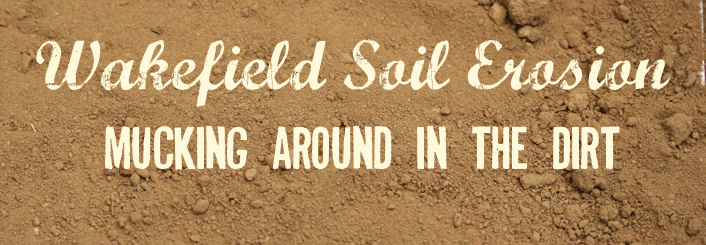Citation for Picture: "Types of Erosion." 19 Nov 2009
http://faculty.plattsburgh.edu/robert.fuller/370%20Files/Weeks11Erosion/rill.jpg
Another thing that I learned this week was that on constuction sites the water runoff must be kept under 50 NTU. We learned how to test the turbidity of the water using the turbidimeter the day after we did the lab where you try to get your water to come out of the soil box the cleanest. In the lab, our group, the cheaters, won the contest and our turbidity level was at 56 NTU. But, the construction workers are able to keep their sediment runoff clean by using filters, silt fences, coir, and big, black, ridged pipe.
This is a video of sediment control failures on a construction site.
Citation for Video: "Shenandoah Riverkeeper visits Accotink Creek." FriendsofAccotink. 19 Nov 2009
http://www.youtube.com/watch?v=w_pp0vjoROs/
Last but not least, and my favorite topic we learned about this week, the affection of trout. This week I learned that sediment runoff to streams in the mountains has to be less then 10 NTU. If it is not then trouts' gills are actually clogged up by the sediment and can suffocate. If it is not less then 10 NTU then it can also break trout eggs which will decrease the trout population. Here is a picture of how clean trout water must be:
http://static.howstuffworks.com/gif/river-trout-fishing-1.jpg
Questions: What are the regulations for streams in Italy? Does the turbidity still have to be under 10 NTU?
What exactly does the turbidimeter do to take turbidity levels? How does it come up with a number?
What if your house actually slid because of erosion. Is there some sort of insurance to prevent having to pay for all the damages made such as broken pipes etc. under the house?
Gully- A brook or small valley



Really good questions, especially the one involving insurance!Hmmm I wonder if anyone was smart enough to come up with that kind of insurance?? :)
ReplyDeleteAlex Stradford